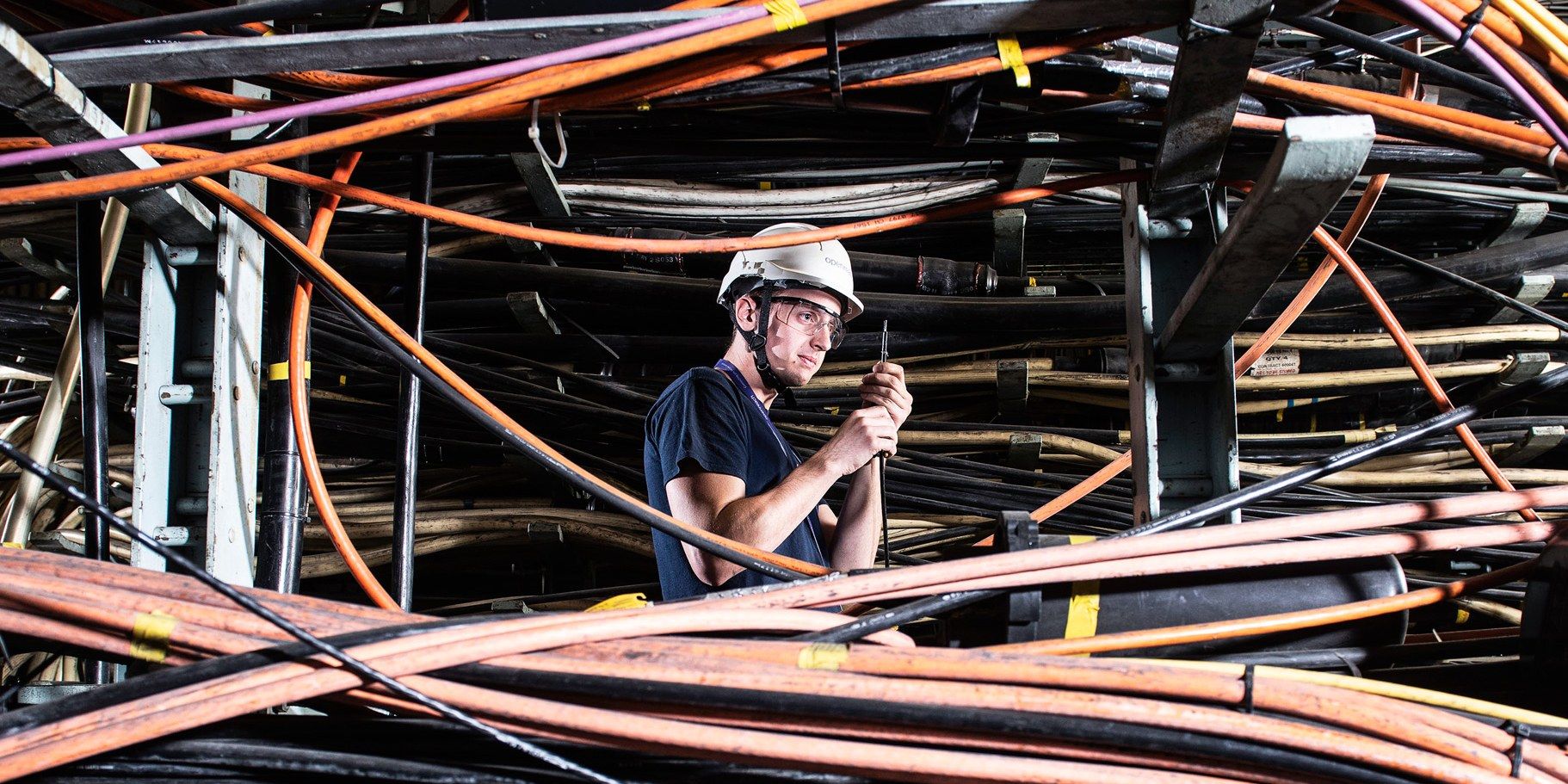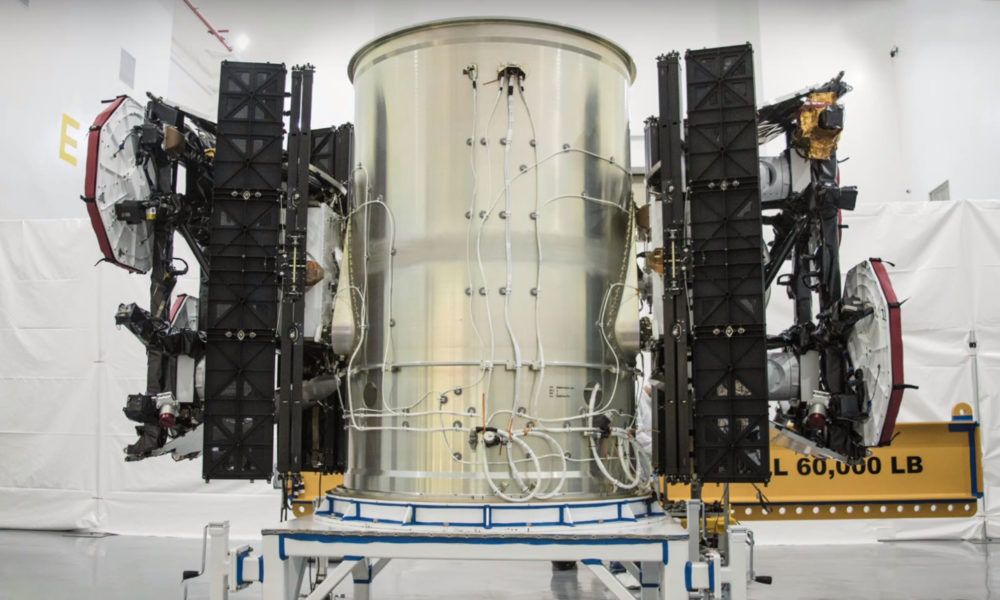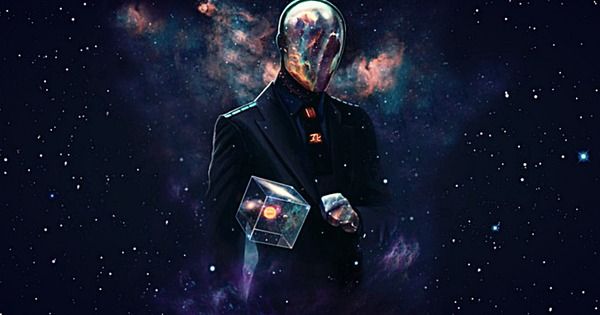Citi has produced another of its Disruptive Innovations publications, which takes a look at what it considers to be the top ten disruptive technologies. It is a sign of the changing times that anti-aging medicines are number 2 in its list.
1. All-Solid-State Batteries 2. Anti-Aging Medicines 3. Autonomous Vehicle Networks 4. Big Data & Healthcare 5. Dynamic Spectrum Access 6. eSports 7. 5G Technology 8. Floating Offshore Wind Farms 9. Real Estate Market Disruptors 10. Smart Voice-Activated Assistants.
What was considered fringe science a decade ago is now rapidly becoming a mainstream industry. Our understanding of aging has advanced quickly in the last 10 years, and the tools and innovations seem to come more quickly with each passing year. A variety of therapies that target different aging processes are in development, and some are at fairly advanced stages; if you are interested in their progress, check out the Rejuvenation Roadmap.




